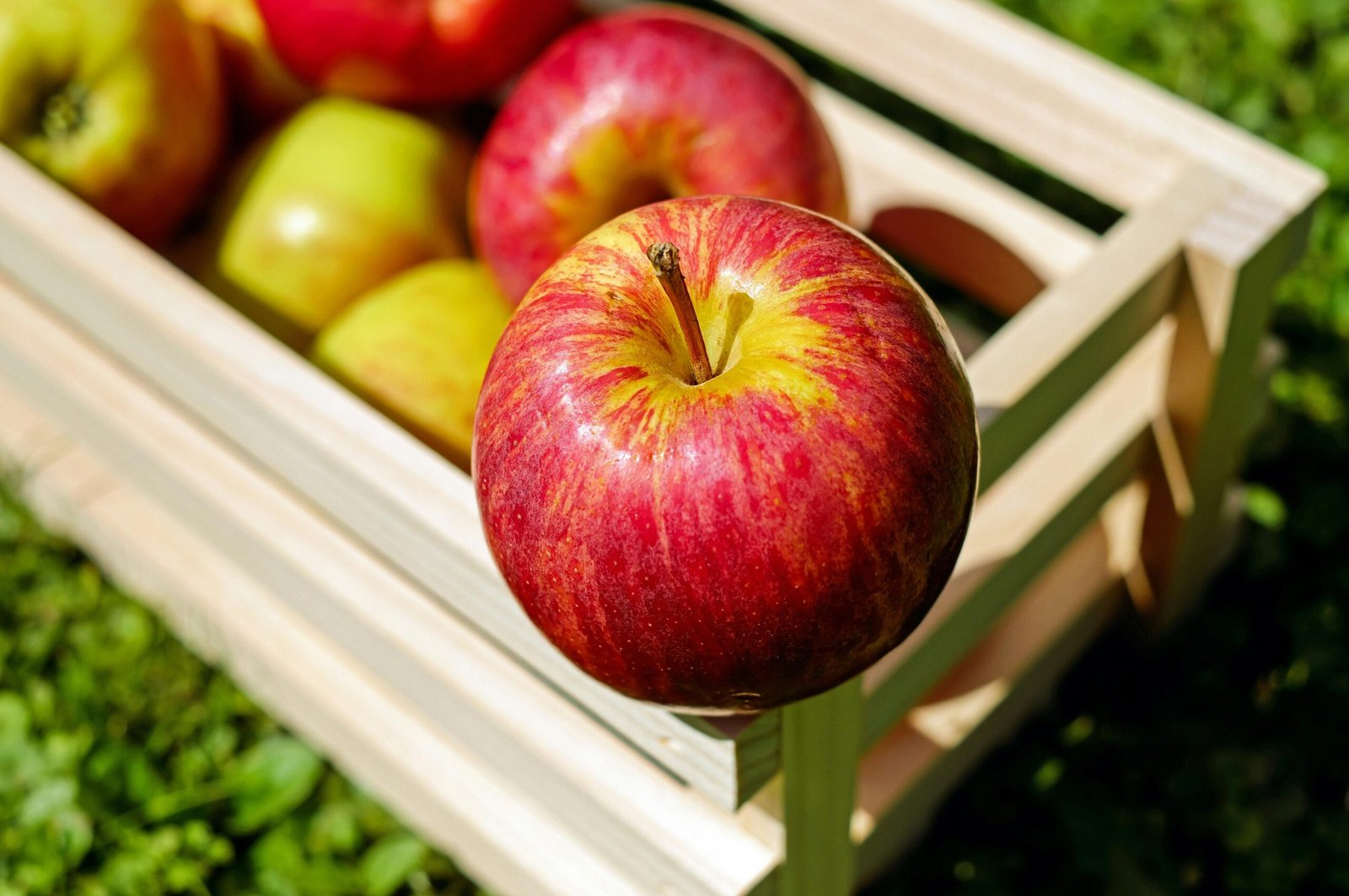Key Takeaways
- “Healthy Picks” are nutrient-dense foods—fruits, vegetables, whole grains, lean proteins, healthy fats—with minimal added sugars, salt, and saturated fat
- Top choices include colorful fruits/veggies, legumes, nuts, whole grains, lean fish and poultry, low-fat dairy or plant-based alternatives
- Practical tools: grocery checklist, snack ideas, meal plate visual, “Go / Slow / Whoa” choices for smarter eating
- Eating healthy boosts both physical and mental well‑being—nutrient‑rich foods contribute to long‑term life satisfaction
1. What Are “Healthy Picks” and Why They Matter
“Healthy Picks” refers to selecting foods that offer high nutritional value per calorie—nutrient-dense choices with minimal added sugar, sodium, or saturated fat—as defined by public health bodies like WHO, CDC, Harvard, and corporate wellness frameworks like Kaiser Permanente’s Healthy Picks Program.
These foods support chronic disease prevention and overall well‑being, offering vitamins, minerals, fiber, protein, and healthy fats [[turn0search2]].
2. Nutrient-Dense Food Categories & Examples
Vegetables & Fruits (half your plate)
Aim for variety and color to maximize phytonutrients and fiber: leafy greens, cruciferous veg, berries, citrus, root veggies.
Whole Grains (¼ plate)
Choose brown rice, oats, quinoa, whole-wheat pasta, breads made from 100% whole grains.
Lean Proteins (¼ plate)
Include fish (salmon, tuna), legumes, poultry, eggs, nuts/seeds, and low-fat dairy or fortified plant milks.
Healthy Fats
Use olive, canola, avocado oil; nuts; seeds; avocado. Limit trans fats and saturated fat sources like butter and processed meats.
Limit
Consume less processed snacks, high sodium packaged foods, sugary beverages, red/processed meats, sugary desserts.
3. The Healthy Picks Framework: Go / Slow / Whoa
Adopt the NIH “GO, SLOW, WHOA” model:
- GO foods: nutrient-dense staples (fruits, veg, whole grains, lean proteins, water)
- SLOW foods: eat occasionally (refined grains, sugary snacks in moderation)
- WHOA foods: high in sugar, saturated fats, sodium; for rare treats (fried fast food, sweets)
4. Visual Guides & Grocery Tools for Smart Eating
Grocery Checklist: Healthy Picks Essentials
- Fruits & vegetables: fresh, frozen, low-sugar canned
- Whole grains: oatmeal, brown rice, 100% whole-wheat pasta, breads
- Lean proteins: canned beans, low-sodium canned tuna/chicken, poultry, fish
- Healthy fats: almonds, pumpkin seeds, olive oil, avocado
- Dairy & alternatives: Greek yogurt, low-fat milk, fortified soy milk
- Snacks: apples & nut butter, Greek yogurt & berries, roasted chickpeas, energy balls, edamame, whole-grain crackers & hummus
5. Snack Strategy: Smart, Portable, Satisfying
Prioritize snacks that offer fiber, protein, and healthy fats:
- Apple slices with nut butter
- Roasted chickpeas or spiced nuts
- Greek yogurt with berries
- Energy balls (oats, seeds, nut butter)
- Edamame or hummus with whole-grain crackers or roasted vegetables
6. Planning Balanced Meals & Snacks
Approach:
- Prepare plate using half fruits/veg, quarter protein, quarter whole grains
- Complement with healthy oils and water or tea
- Build snacks around hunger timing—not impulsive carbs—keeping GO foods central
Meal Example:
- Lunch: Grilled salmon (¼ plate), quinoa (¼), mixed greens salad with olive oil (½ plate)
- Snack: Green smoothie or Greek yogurt with berries and almonds
7. The Well‑Being Impact of Healthy Picks
Regular intake of vegetables and fruit is linked not only to better physical health but also to improved life satisfaction and well-being over time. Choosing nourishing meals can uplift mental health as much as physical vitality.
Summary & Action Steps
- View “Healthy Picks” as a lifestyle tool—nutrient-dense choices as the foundation
- Use frameworks like Go/Slow/Whoa, the Healthy Eating Plate, grocery checklist, and snack ideas for real-world application
- Tailor picks to budget, taste, and cultural preferences; frozen/seasonal produce is nutritionally valuable
- Embrace mindful planning—Friday grocery prep makes weekday meals easier, reduces impulse choices, and supports wellness goals
